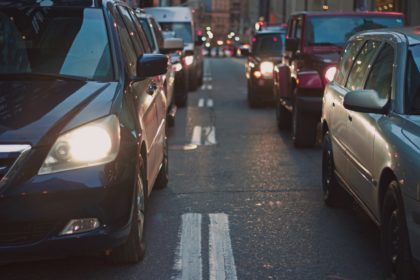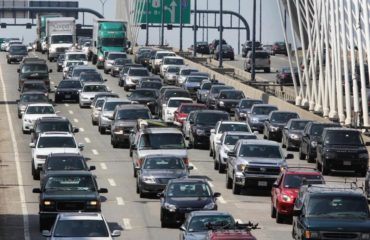
Column appearing in the Boston Business Journal July 3, 2019
The one thing that every commuter complains about is the time they spend in traffic. “If only those drivers around us would get off the roads, we would have a clear shot into work.”
There are many opinions about how to alleviate this curse on the highways, but the reality is that there has only been one effective cure, and that is a recession. Since our last downturn in Massachusetts, business growth has resulted in the hiring of more than 370,000 workers. And you can find those new employees on the highways or travelling by mass transit. It is no surprise that our commutes have gotten longer over these last 10 years.
We are not alone. Virtually, all of the major metropolitan areas are experiencing increased traffic, and it is projected to get worse, despite state governments trying a number of programs designed to remedy our over-capacity transportation systems.
A recent proposal would charge drivers peak-hour tolls. One serious problem is that it would favor wealthier commuters, while harming poorer, lower wage workers who can’t control their work schedules. But even if this program were put into place, there would be only a short-term reduction in the number of vehicles. The problem with this and many other traffic reduction programs is the ever-improving traffic/directional software. Apps like Waze now offer drivers instantaneous feedback on rapidly changing driving patterns. If the Mass Turnpike, for example, showed a 10% reduction in traffic, other drivers would quickly change their routes to take advantage of this more expeditious alternative.
Another option has been to expand road capaxity to handle more drivers. As just mentioned, that new capacity would be transmitted to the greater commuting public, again clogging those same roadways. A great example about the futility of building our way out of this problem was the construction of the various tunnels and bridges into Manhattan. As each new access was constructed to alleviate the crush of commuters, the new routes soon became congested.
Although traffic congestion is inevitable, there may be ways to slow its rate of growth. It is certainly an imperative to work on major improvements to our transportation system, if to only increase our capacity to accommodate more commuters. However, studies have shown that substantially increasing mass transit capacity would be extremely expensive and would not sufficiently reduce highway congestion to be noticeable. There are also a number of other reasonable efforts that include working with businesses to accommodate staggered work hours, improving mass transit performance, increasing parking at commuter stations, and expanding water shuttle opportunities.
There is, however, one prime target to attack highway congestion that has been discussed for decades, without any satisfactory solution. It is the problem of single occupancy vehicles (SOVs). More than 75% of all cars are SOVs. One possibility could come out of new technologies that could confidently identify SOVs, giving the state the opportunity to directly toll those drivers. Or it may be the attraction of autonomous vehicles that will finally result in more ride sharing.
Bottom line, peak-hour traffic congestion is here to stay. If you and your family like having a job, seeing our communities well-funded, and our businesses thriving, learn to live with longer commutes. It’s the price of our success.



